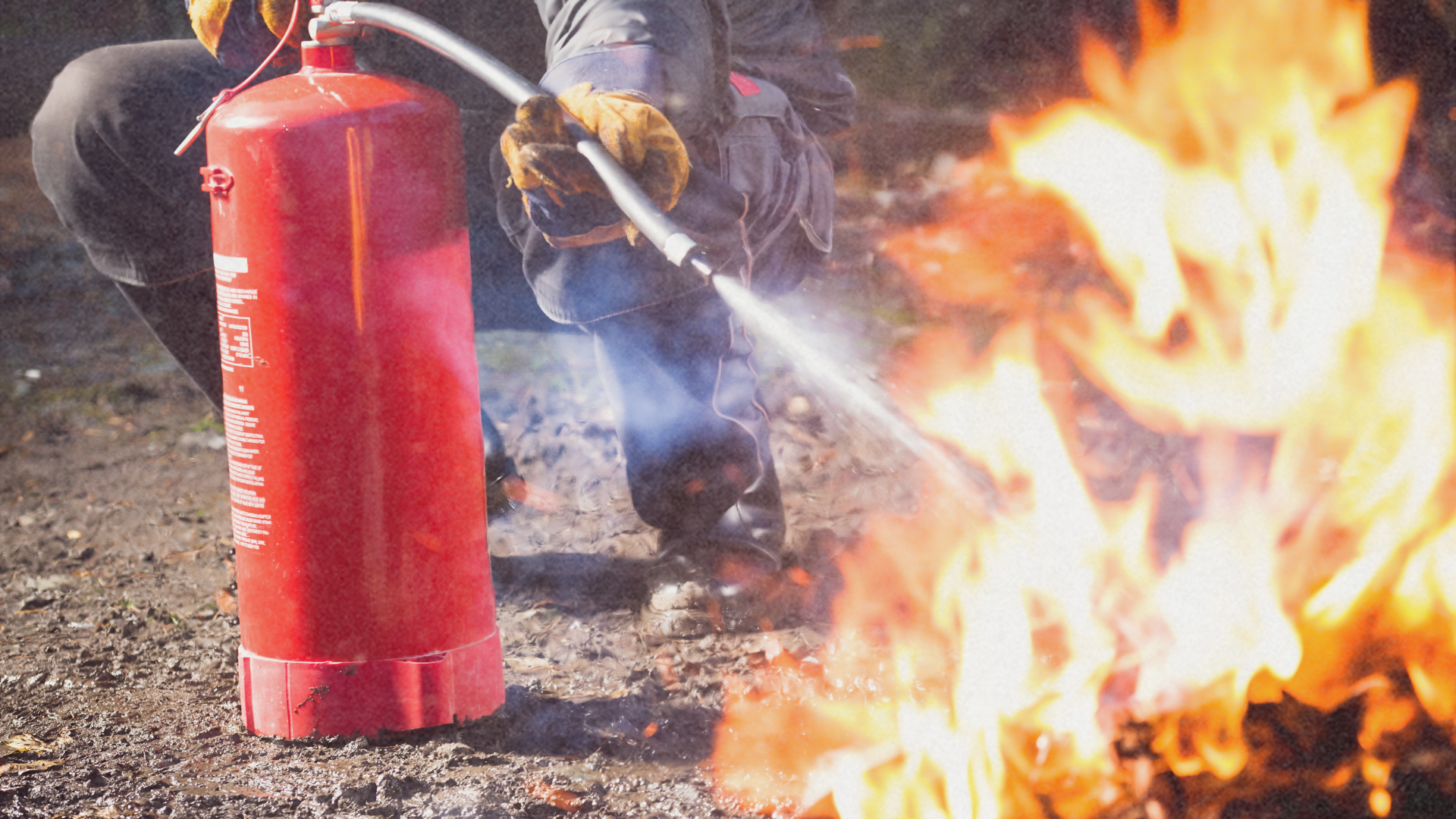The U.S. Department of Transportation’s Federal Aviation Administration (FAA) said that passengers will eventually be able to read e-books, play games, and watch videos on their devices during all phases of flight, with very limited exceptions.
FAA Administrator Michael Huerta announced that the FAA has determined that airlines can safely expand passenger use of Portable Electronic Devices (PEDs) during all phases of flight, and is immediately providing the airlines with implementation guidance.
The FAA based its decision on input from a group of experts that included representatives from the airlines, aviation manufacturers, passengers, pilots, flight attendants, and the mobile technology industry. The decision was made after the PED Aviation Rulemaking Committee concluded that most commercial airplanes can tolerate radio interference signals from PEDs.
Prior to this, flights regulations state that, passengers cannot use PEDs especially during take off and landing. Electronic items, books, and magazines, must be held or put in the seat back pocket during the actual takeoff and landing roll.
With the recent development, passengers can access the Internet with their devices if their air carrier provides Wi-Fi connection during flight. Passengers can also use short-range Bluetooth accessories, like wireless keyboards and earphones. But regulations still require cellphones to be on flight mode.
“We believe today’s decision honors both our commitment to safety and consumer’s increasing desire to use their electronic devices during all phases of their flights,” said Transportation Secretary Anthony Foxx. “These guidelines reflect input from passengers, pilots, manufacturers, and flight attendants, and I look forward to seeing airlines implement these much anticipated guidelines in the near future.”
PED Use Will Differ from Airline to Airline
Current PED policies remain in effect until an airline completes a safety assessment, gets FAA approval, and changes its PED policy.
Current FAA regulations require an aircraft operator to determine that radio frequency interference from PEDs is not a flight safety risk before the operator authorizes them for use during certain phases of flight. Even PEDs that do not intentionally transmit signals can emit unintentional radio energy. This energy may affect aircraft safety because the signals can occur at the same frequencies used by the plane’s highly sensitive communications, navigation, flight control, and electronic equipment. An airline must show it can prevent potential interference that could pose a safety hazard.
The FAA is streamlining the approval of expanded PED use by giving airlines updated, clear guidance. This FAA tool will help airlines assess the risks of potential PED-induced avionics problems for their airplanes and specific operations.
With the new guidelines, US airline operators will need to revise their manuals, checklists for crew member training materials, carry-on baggage programs and passenger briefings before expanding use of PEDs. Each airline will determine how and when they will allow passengers broader use of PEDs.
Different Case for Cellphones
Despite the regulations expanding the use of PEDs, all cellphones should still be in airplane mode or with cellular service disabled. Any airborne calls using cellphones are still not allowed.
The FAA did not consider changing the regulations regarding the use of cell phones for voice communications during flight because the issue is under the jurisdiction of the US Federal Communications Commission (FCC).
The FAA explained that cellphones differ from most PEDs because they are designed to send out signals strong enough to be received at great distances.
Top Things Passengers Should Know about Expanded Use of PEDs on Airplanes
The FAA issued general guidelines for passengers in using PEDs during flights. These are:
- Make safety your first priority.
- Changes to PED policies will not happen immediately and will vary by airline. Check with your airline to see if and when you can use your PED.
- Current PED policies remain in effect until an airline completes a safety assessment, gets FAA approval, and changes its PED policy.
- Cell phones may not be used for voice communications.
- Devices must be used in airplane mode or with the cellular connection disabled. You may use the Wi-Fi connection on your device if the plane has an installed Wi-Fi system and the airline allows its use. You can also continue to use short-range Bluetooth accessories, like wireless keyboards.
- Properly stow heavier devices under seats or in the overhead bins during takeoff and landing. These items could impede evacuation of an aircraft or may injure you or someone else in the event of turbulence or an accident.
- During the safety briefing, put down electronic devices, books and newspapers and listen to the crewmember’s instructions.
- It only takes a few minutes to secure items according to the crew’s instructions during takeoff and landing.
- In some instances of low visibility – about one percent of flights – some landing systems may not be proved PED-tolerant, so you may be asked to turn off your device.
- Always follow crew instructions and immediately turn off your device if asked.





